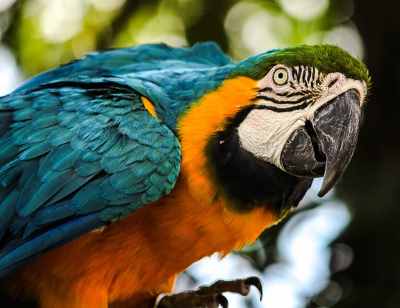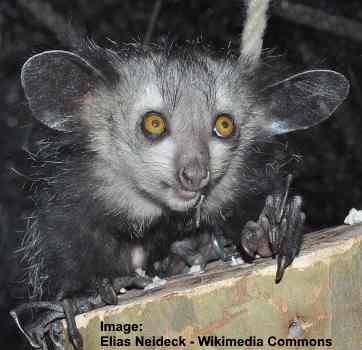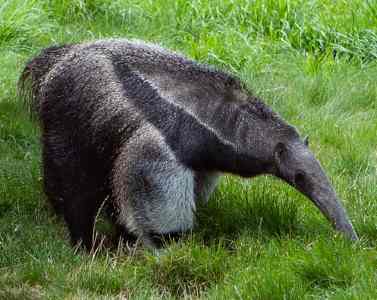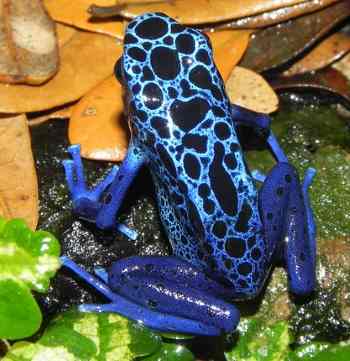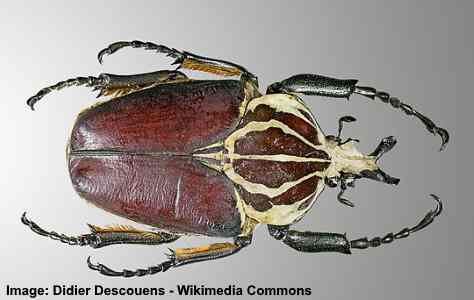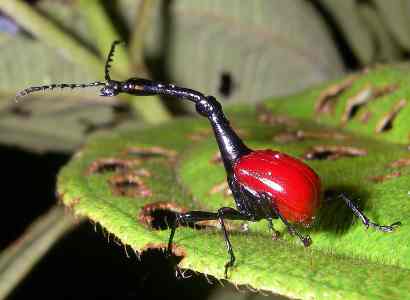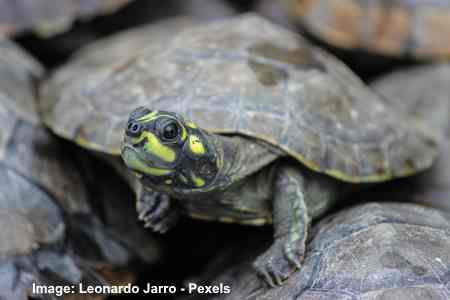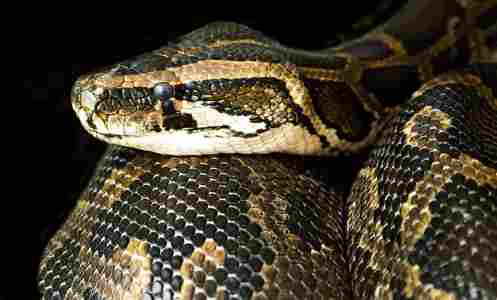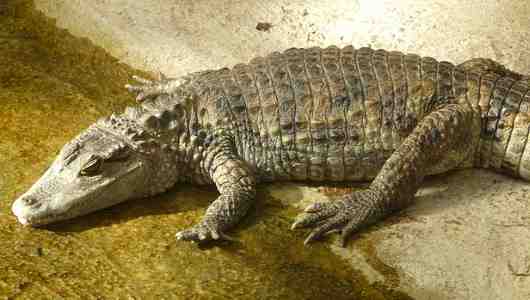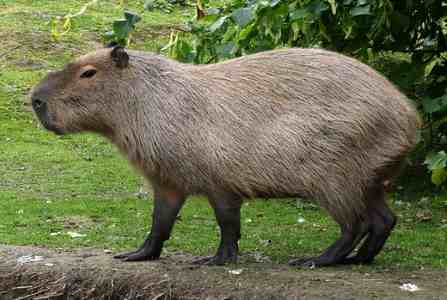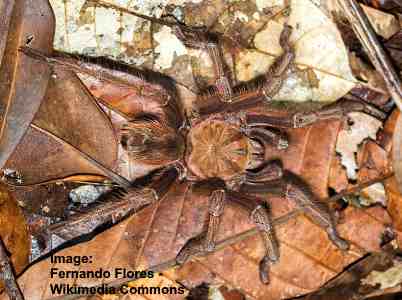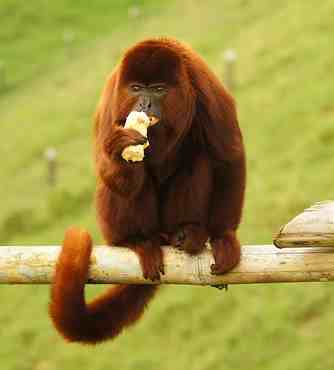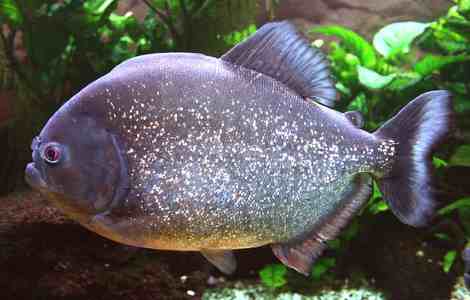Tropical Rainforest Animals and Plants with Pictures and Names

Tropical rainforests contain rich biodiversity of animals and plants, many of which are unique to these ecosystems. Animals in tropical rainforests can be as diverse as exotic birds, colorful frogs, large insects, and large cats. Rainforest plants such as large trees, beautiful orchids, strange-looking flowers, and tasty fruits just add to the rainforest biome.
The tropical rainforest biome is the flora and fauna that make up the ecosystem. Some estimates say that between 50 and 75% of all plants, animals, and organisms are indigenous to rainforests. Rainforests are found in countries such as Brazil, Peru, the Philippines, Indonesia, Congo, and Papua New Guinea.
The tropical rainforest animals (fauna) live in different layers (strata) of the jungles. The forest floor is generally dark and damp and is home to many plants, insects, amphibians, spiders, small mammals, and lizards. The understory layer could be described as the middle part of the flora system. This is a forest habitat for birds, lizards, snakes, and large predatory cats. The canopy layer is the richest part of the rainforest ecosystem and is between 98 and 148 ft. (30 – 45 m) above the forest floor. This is home to a diverse range of flora and fauna and is said to contain 50% of all plant species in the world.
Tropical Rainforest Plants
There are many types of plants that are only found in rainforests in tropical regions of the world. It is estimated that these contain around 170,000 of the world’s plant species.
On the forest floor, the lack of light means that it is difficult for many species of plants to survive. Plants such as ferns and fungi thrive in the damp humid environment in rainforests. Higher up in the understory, you will find exotic orchids, climbing plants, and types of ficus plants.
Tropical rainforests are also the perfect environment for some of the coolest and most unusual plants in the world. For example, carnivorous plants, corpse plants, and kissing lips are just some of the interesting plants you will find.
Of course, large broadleaf types of trees dominate the forest biome. Trees such as rubber trees, giant Shorea trees, banana trees, cecropia trees, and giant red cedars are some impressive rainforest trees.
Plants of the rainforest also have an important role in animal life. Apart from being a source of food, plants provide animals shelter and a place to hide from predators.
Tropical Rainforest Animals
There are far too many tropical rainforest animals to list in this article. Read on to learn about some of the most beautiful and exotic birds, insects, amphibians, and mammals that live in tropical rainforests.
Macaws
Macaws are parrots that live in rainforests and are identified by their bright colors, large strong bills, and long tail feathers.
Macaws belong to the family Psittacidae and there are 6 genera in this group. In the wild, macaws are an endangered species that are found in the rainforests of South America.
There are 19 species of macaws and their colors can be bright blue, golden yellow, and red. Although difficult to keep in captivity, many people enjoy having macaws as a pet bird.
Toucans
Toucans (Ramphastidae) are another type of tropical bird native to the rainforest canopies of Central and South America.
There are around 43 species of these distinctive birds which are known for their large colorful bills. Some species of toucans have bills that are more than half the length of their bodies. These are also social birds and are often seen flying in small flocks in tropical areas of the world.
These tropical birds are omnivores and consume plants, fruits, snakes, and small types of mammals.
Jaguars
Jaguars (Panthera onca) are the largest of the big cats native to North and South America.
These majestic cats prefer the habitat of tropical rainforests. They are excellent swimmers, they climb trees, and are masters at stalking their prey on the forest floor. Jaguars are generally tawny yellow with leopard-like markings. One of the most striking species of jaguar is the black panther.
Jaguars are on the top of the food chain and play an important role in tropical rainforest ecosystems. Despite these large cats being a top predator, their existence in the wild is near threatened.
Lemurs
Lemurs belong to the order Primates and the superfamily Lemuroidea and are native to the rainforests of Madagascar.
These small monkey-like creatures are recognized by their small size, long tails, and dark coloring around their eyes. Some of the most iconic species of lemurs are the ring-tailed ones.
Due to human activity and environmental problems, lemurs are on the list of critically endangered animals
Aye-Aye
The aye-aye (Daubentonia madagascariensis) is a species of lemur that, like other lemurs, are only found in Madagascar. Rainforest aye-ayes live in the canopy areas and only come out a night.
These nocturnal primates are an endangered species for the same reason other lemurs are. Aye-ayes are about 3 ft. long, have a long tail, and scruffy blackish fur. One of the identifying features of aye-ayes is their long middle finger that they use to extract grubs out of holes.
Anteater
Anteaters (Vermilingua) are forest dwellers and also feel at home on tropical grasslands. Their scientific name literally means “worm tongue” and they use this to feed on ants and other small insects.
The natural habitats of anteaters are tropical rainforests, dry forests, savannas, and grasslands. There are 4 species of anteaters and they range in size from the size of a small cat to the giant anteater which is over 7ft. (2.17 m) in length.
Anteaters usually roam the forest floor and grasslands looking for ants and termites. However, they also climb trees to search out insects for food.
Poison Dart Frogs
Poison dart frogs are a group of colorful amphibians in the superfamily Dendrobatoidea. As their name suggests, they contain high levels of toxins that are poisonous to humans. There are around 170 species of these poisonous frogs in the rainforests.
The bright colorful patterns really make these small frogs stand out in the rainforest. However, their brightly-colored bodies act as a deterrent to warn predators away. Poison dart frogs get their name from Amazonian natives who would use the poison from them to create lethal blowdarts.
Some of the fascinating color combinations are bright yellow and black, orange and black stripes, and turquoise and black leopard patterns.
Goliath Beetles
Goliath beetles (genus Goliathus) live up to their name of being a huge species of beetle living in the tropical jungles of Africa. These large anthropoids can grow up to 4.3” (11 cm) long and, as larvae, they can weigh as much as 3.5 oz. (100 g).
There are 5 species of Goliath beetles that live in tropical rainforests. The male beetles can be black, brown, or white. All species of Goliath beetles are flying insects and have striking white markings.
Giraffe Weevil
Weevils are also a member of the beetle family (order Coleoptera) and the long-necked giraffe weevil lives in Madagascar’s rainforest. The giraffe weevil (Trachelophorus giraffa) is identified by its bright red body and long giraffe-like neck.
There are over 97,000 species of weevils, and the giraffe weevil is one of the many flying ones. Similar to lemurs, giraffe weevils are only found in Madagascar.
Fire Ants
Ants are a type of insect that are found in most countries and red fire ants (genus Solenopsis) live in the South American rainforests. The common names of these stinging insects are connected with their body’s color.
It is not just the rainforests in the Amazon basin where red ants live. The ant species Solenopsis invicta is now an invasive ant species in many countries. This is a reason why the ant is also referred to as the red imported fire ant. The resilience of these red ants means that there is no danger of them becoming extinct in the near future.
Arrau Turtles
Amazon rainforest animals also include a number of ones that live in freshwater. One of the largest turtles in rainforest biome is the Arrau turtle (Podocnemis expansa). Also called the giant Amazon river turtle, these huge shelled reptiles can weigh up to 200 lb. (90 kg).
Arrau turtles are found in and around the Amazon and Orinoco rivers. They feed on a mixture of tropical plant leaves, seeds, fruits, and algae. Their conservation status is considered low-risk but conservationists are concerned about their dwindling numbers.
Boa Constrictor
The snake’s scientific name is the same as its common name, Boa constrictor. The large South American reptile is at home in tropical rainforests and deserts. However, the damp rainforest biome and foliage create the best living environment for these huge snakes.
Boa constrictors can grow up to 13 ft. (4 m). Although they are not poisonous, their strong bite can be very painful. These heavy-bodied snakes eat their prey by crushing and then swallowing them whole. Because of their weight, boas tend to spend most of their time among vegetation on the forest floor and rarely venture up trees.
Anacondas
Anacondas are in the family Boidae and their scientific name is Eunectes murinus. The species of green anaconda is one of the largest snakes in the world.
Also called water boas, these ginormous snakes spend most of their time in rivers and lakes in the Amazonian rainforest. They live in freshwater and on land where they feed on tropical fish, caimans, wild pigs, birds, and rodents.
Caiman
Caimans (Caiman latirostris) are small crocodiles belonging to the family Alligatoridae. These reptiles are found in the Amazon basin rainforests in lakes and rivers.
Among the animals of the tropical Amazon rainforest, the only predators of caiman are jaguars and anacondas. There are 6 species of these small crocodiles and they feed on fish, small mammals, and insects.
Iguana
Another reptile that thrives in the rainforest ecosystem is the iguana. These large lizard-like reptiles generally live in the rainforest canopy and they will come down from trees to lay eggs or mate.
The green iguana (Iguana iguana) is the most common of the 2 species of iguana. These reptilian creatures grow up to 50 ft. (15 m) long and are popular household pets. The other species, the Lesser Antilles is on the endangered species list due to habitat destruction.
Green iguanas thrive in the wet environment of Brazilian rainforests. They camouflage well in the forest canopy and have a good sense of hearing and smell.
Capybara
One of the most unusual types of animals living in tropical rainforests is the capybara (Hydrochoerus hydrochaeris). These are a type of large rodent that feels just at home in water as it does on land. In fact, its scientific name literally means “water hog.”
Capybaras can grow up to 4ft. (1.3 m) long, they have reddish-brown fur and live on a diet of plants and grasses. Their preferred habitat in rainforests is beside rivers, swamps, ponds, and lakes. Because they adapt well to different environments, there is no risk of their extinction.
Goliath Birdeater
The world’s rainforests are home to a large number of spiders. The Goliath birdeater spider (Theraphosa blondi) is a type of spider that evokes feelings of fear and panic.
As its name suggests, the Goliath birdeater is a huge species of spider and can have a leg span up to 12” (30 cm). Although also called a “bird eater,” this type of spider only rarely preys on birds. Its main diet consists of rodents, insects, snakes, and amphibians.
Being a member of the tarantula family, these the Goliath birdeaters have fangs that can inflict a nasty, but non-lethal bite.
Rainforest Monkeys
Monkeys usually live in the uppermost parts of the rainforest canopy and there are a number of species in rainforests. Monkeys are among the 430 species of mammals that live in the Amazon rainforest.
Here are a few species of monkeys that you can see in South American and Asian rainforests:
Howler monkeys. These are considered to be the loudest animals in the world. They are also the largest type of monkey in the Amazon rain forest.
Spider monkeys. Due to their long limbs, these primates have the name spider monkeys. All of the 7 species of spider monkeys are under threat.
Capuchin monkeys. These monkeys are some of the cutest and most intelligent monkeys in the rainforest.
Orangutans. Native to the rainforests of Borneo and Sumatra, orangutans are a large type of ape that is on the critically endangered list.
Sloth
Sloths (Folivora) spend most of the time in the rainforest canopy hanging upside down and only moving when they have to. There are 6 species of sloths and they all live in South or Central American forests.
Sloths are well-known for their slow deliberate movements and living almost exclusively in trees. Although they don’t move well on the ground, they are can swim if they have to. Another of the interesting features of sloths is that algae grow on their gray fur. This helps to camouflage them from predators and also provide nutrients.
Blue Morpho Butterflies
Some of the most beautiful butterflies in the world are morpho butterflies that belong to the butterfly family Nymphalidae. These large flying insects have wings that are iridescent shades of metallic greens or blues.
There are 6 species blue morpho butterflies that have amazing brilliant blue wings. These shimmering butterflies are seen fluttering around the understory of rainforests in Brazil, Central America, and Peru. These butterflies also fly high above the forest canopy in large groups.
Piranhas
The Amazon River is also home to a number of freshwater tropical fish, with the piranha being the most feared. Piranhas belong to the family Characidae which means they are related to popular aquarium fish such as tetras and silver dollar fish.
Piranhas are omnivorous fish that can grow to between 5” and 14” (12 – 35 cm) long. They feed on other fish and freshwater plants. Contrary to popular belief, piranhas rarely attack humans and may only do so when stressed. Usually, any injuries from bites are minor.
Related articles:

